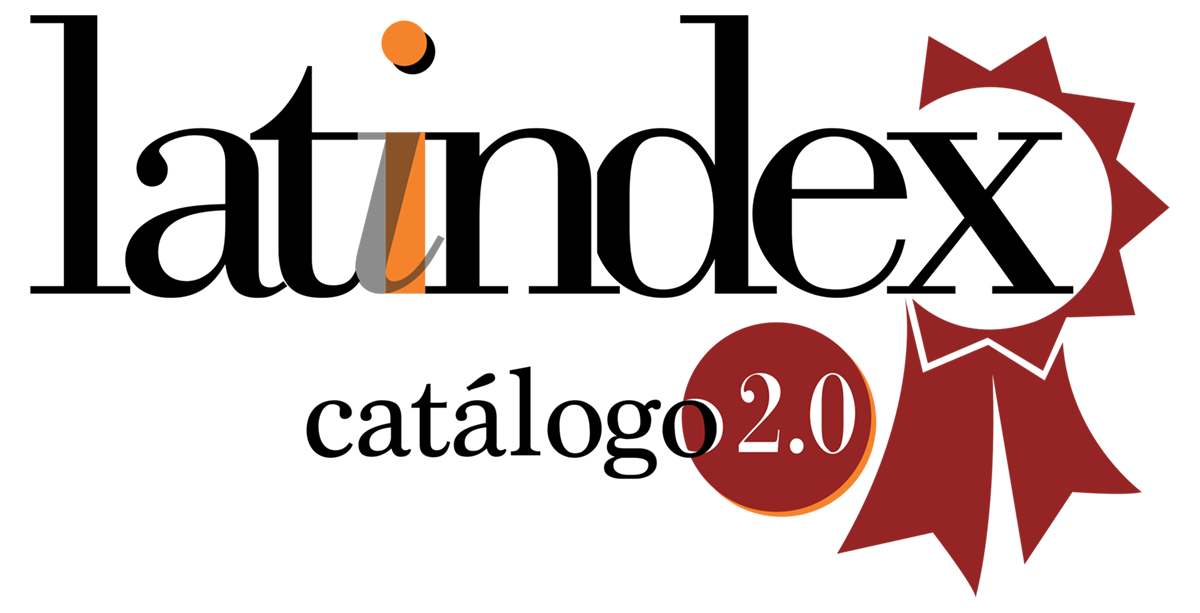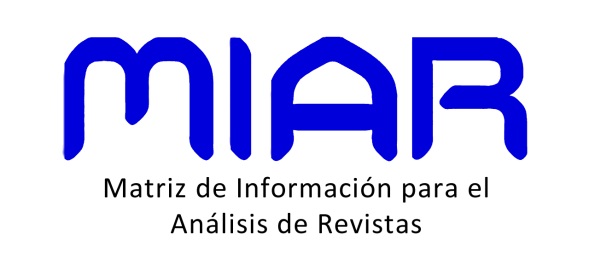3D Virtual Recreation of the Pantheon of the Meritorious Citizens of Carlo Zucchi
DOI:
https://doi.org/10.24215/24226483082Keywords:
3D digitalization, Photogrammetry, 3D modeling, funerary monuments, history, photogrammetryAbstract
This work presents the 3D digital visualization of a working hypothesis within the framework of the research advances of the master's thesis of one of the authors. It focuses on the combination of historical research in architecture and art and the use of 3D digitization techniques (3D modeling and 3D recording). The study of a set of funerary monuments of the Recoleta Cemetery (Buenos Aires, Argentina) called The Pantheon of Meritorious Citizens, erected between 1832 and 1834, existing today and the 3D reconstruction of the project of the Pantheon to the Illustrious Men of the Fatherland. Both elaborated by or with the intervention of Carlo Zucchi, Architect-Engineer of the Province of Buenos Aires at that time. The monuments studied are those dedicated to: Cornelius Saavedra (1831); Gregorio Funes (1831); Gregorio Perdriel (1832); Marcos Balcarse (1832); Antonio Sáenz (1833) and Juan Izquierdo (died 1834).
Downloads
Metrics
References
Aliata, F. (ed.) (2009). Carlo Zucchi. Arquitectura. Decoraciones urbanas. Monumentos. Buenos
Aires: ArT Digital.
Ariès, P. (2000). Historia de la muerte en Occidente. Barcelona: El Acantilado.
Ávido, D. (octubre, 2015). Marcas comerciales de las baldosas cerámicas recuperadas en el sitio La
Elvira (Virrey del Pino, Provincia de Buenos Aires). Póster presentado en VI Congreso Nacional de Arqueología Histórica. Recuperado de: https://zenodo.org/record/1412840#.XbD355pKiaE.
Badini, G. (1996). La memoria del futuro. Carlo Zucchi. Ingeniero arquitecto. Catálogo muestra Museo Nacional de Bellas Artes, 3-30 de abril de 1996, Buenos Aires.
Bianco, S., Ciocca, G. y Marelli, D. (2018). Evaluating the Performance of Structure from Motion Pipelines, J. Imaging 4 (8) [98]. Recuperado de : doi:10.33.90/jimaging4080098.
Callieri, M., Cignoni, P., Corsini, M. y Scopigno, R. (2008). Masked Photo Blending: mapping dense photographic dataset on high-resolution 3D models. Computer and Graphics, 32 (4). [464-473]. Recuperado de: doi: 10.1016/j.cag.2008.05.004.
Callieri, M., Cignoni, P., Dellepiane, M., Ranzuglia, G. y Scopigno, R. (2011). Processing a complex
architectural sampling with Meshlab: the case of Piazza della Signoria. International Archives of the Photogrammetry, Remote Sensing and Spatial Information Sciences, Volume XXXVIII-5/W16, 2011ISPRS Trento 2011 Workshop, 2-4 March 2011, Trento, Italia.
Cignoni, P., Callieri, M. ., Corsini, M., Dellepiane, M., Ganovelli, F. y Ranzuglia, G. (2008). MeshLab: an open-source mesh processing tool. Proc. Eurographics Italian Chapter Conference (29-136). Recuperado de: doi: 10.2312/LocalChapterEvents/ItalChap/ItalianChapConf2008/129-136.
Corsini, M., Dellepiane, M., Ponchio, F. y Scopigno, R. (2009). Image-to-Geometry Registration: A Mutual Information Method exploiting Illumination-related Geometric Properties. Computer Graphics Forum, 28 (7) [1755-1764]. Recuperado de: doi.org/10.1111/j.1467-8659.2009.01552.x.
Jancosek, M. y Pajdla, T. (2011). Multi-View Reconstruction Preserving Weakly-Supported Surfaces,
Proc. IEEE Conference on Computer Vision and Pattern Recognition. Recuperado de:
doi:10.1109/CVPR.2011.599569.
López Coda, P. (1994). Historia de los materiales de construcción. Las baldosas cerámicas en el Río de La Plata. Revista del IAA (Instituto de Arte Americano e Investigaciones Estéticas), N° 50, agosto 1994. Buenos Aires. Recuperado de: www.arqueologíadigital. com/page/biblioteca-virtual.
Micheletti, N., Chandler, J.H. y Lane, S.N. (2015). Structure from Motion (SfM) Photogrammetry. Photogrammetric heritage, 2, [1–12].
Ministerio de Guerra (1908). Historia de los premios militares. República Argentina. Leyes, decretos demás resoluciones referentes a premios militares, recompensas, honores, distinciones, gratificaciones, etc. Buenos Aires: Talleres Gráficos, Arsenal Principal de Guerra.
Morita, M. y Bilmes, G.M. (2018) (a). Applications of low-cost 3D imaging techniques for the documentation of heritage objects. Óptica Pura y Aplicada, 51 (2) 50026: [1-11]. Recuperado de: doi.org/10.7149/OPA.51.2.50026.
Morita, M.M. y Bilmes G.M. (2018) (b). 3D imaging system for the digitization of the Argentine museums collections. Revista Kermes - Restauro, conservazione e tutela del patrimonio culturale, 107. [45-49].
Prado y Rojas, A. (1877). Leyes y decretos promulgados en la provincia de Buenos Aires desde 1810 hasta 1876. Buenos Aires: Imprenta Mercuri.
Remondino, F. (2011). Heritage Recording and 3D Modeling with Photogrammetry and 3D Scanning, Remote Sensing, 3(6), [1104–1138]. doi:10.3390/rs3061104.
Remondino, F., Spera, M.G., Nocerino, E., Menna, F. y Nex, F. (2014). State of the art in high density image matching. The Photogrammetric Record, 29 (146), [144-166]. Recuperado de: doi: 10.1111/phor.12063.
Renard, M. (2009). Panteón dedicado a los hombres ilustres de la República Argentina. En Aliata,
(ed.). (2009). Carlo Zucchi. Arquitectura. Decoraciones urbanas. Monumentos. Buenos Aires: Art Digital.
Roncella, R., Re, C. y Forlani, G. (2011). Performance evaluation of a structure and motion strategy in architecture and cultural heritage. Int. Arch. Photogramm. Remote Sensing Spat. Inf. Sci. 38 [285-292]. Recuperado de : doi:10.5194/isprsarchives-XXXVIII-5-W16-285-2011.
Schávelzon, D. (1991). Arqueología histórica de Buenos Aires I. La cultura material porteña de los siglos XVIII y XIX. Buenos Aires: Corregidor.
Schönberger, J.L. (2018). Robust Methods for Accurate and Efficient 3D Modeling from Unstructured Imagery, ETH Zürich.
Terp, R. (2009). Tumbas en el Cementerio del Norte. En Aliata, F (ed.). (2009). Carlo Zucchi. Arquitectura. Decoraciones urbanas. Monumentos. Buenos Aires: ArT Digital.

Published
How to Cite
Issue
Section
License
Acorde a estos términos, el material se puede compartir (copiar y redistribuir en cualquier medio o formato) y adaptar (remezclar, transformar y crear a partir del material otra obra), siempre que a) se cite la autoría y la fuente original de su publicación (revista y URL de la obra), b) no se use para fines comerciales y c) se mantengan los mismos términos de la licencia.







.jpg)

















